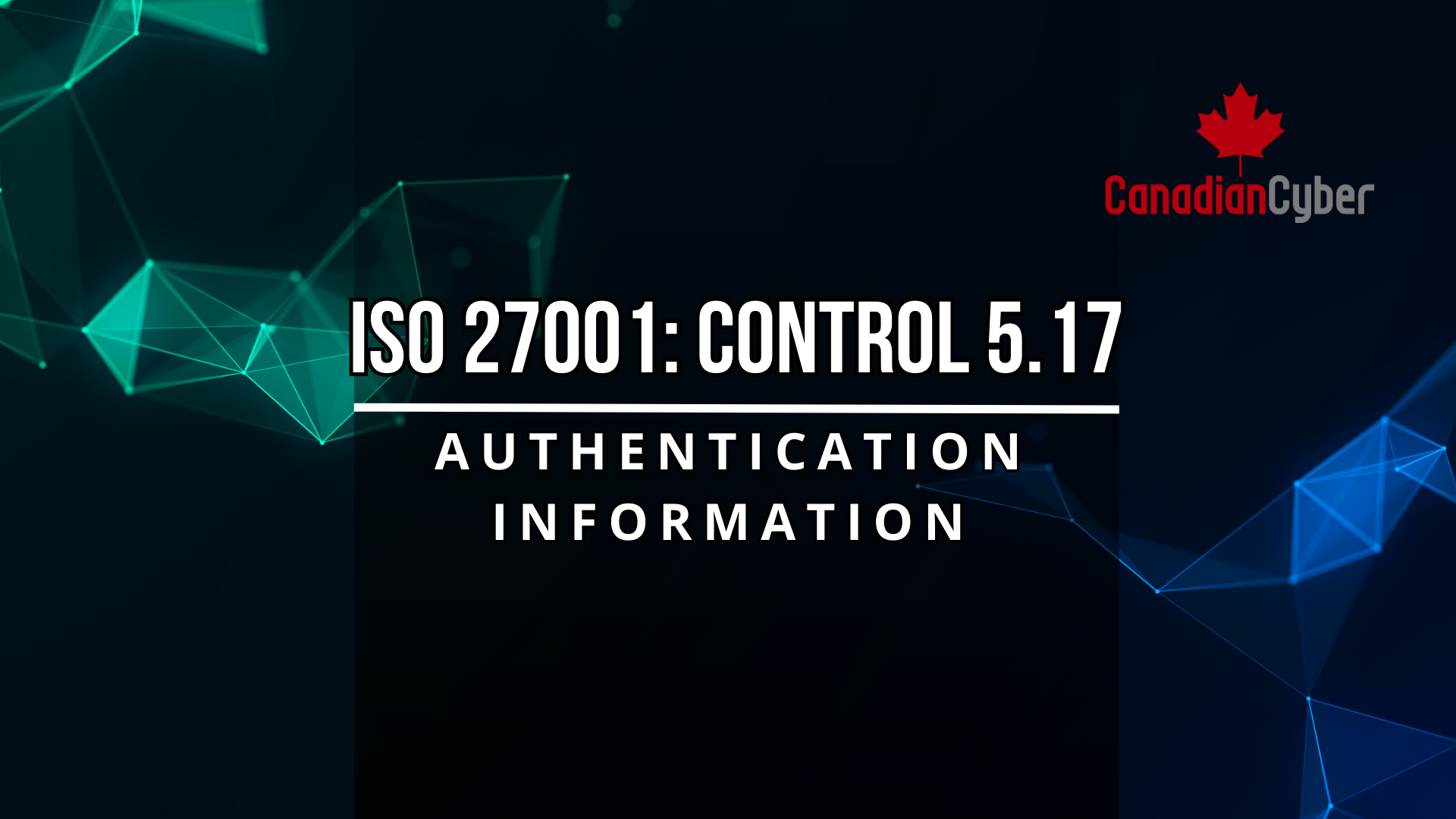ISO 27001 Control 5.17 ensures authentication details like passwords, tokens, and keys are securely created, stored, and transmitted. Strong protection prevents attackers from misusing stolen credentials.

In cybersecurity, authentication information like passwords, PINs, tokens, and security keys is what stands between your sensitive systems and the outside world.
If those credentials fall into the wrong hands, an attacker doesn’t need to “hack in” they can simply log in.
ISO 27001 Control 5.17 ensures that authentication details are created, stored, transmitted, and managed securely to prevent unauthorized access.
🔒 Control Title: Authentication Information
📘 Source: ISO/IEC 27002:2022, Section 5.17
🧩 Control Category: Organizational
🔍 Attributes:
Control Type: #Preventive
Security Properties: #Confidentiality, #Integrity
Cybersecurity Concepts: #Protect
Operational Capabilities: #Credential_Management
Security Domain: #Protection_and_Defense
To protect authentication information (like passwords, tokens, and certificates) from compromise, ensuring it can only be used by the intended owner.
1) Secure Credential Creation:
2) Protect in Storage:
3) Protect in Transit:
4) Prevent Exposure:
5) Enforce Multi-Factor Authentication (MFA):
6) Regular Rotation and Expiry:
7) Educate Users:
Without secure authentication information management:
With strong controls:
At Canadian Cyber, we implement credential management best practices that make it extremely difficult for attackers to abuse stolen authentication data.
From password vaulting to hardware-based keys, we ensure your credentials remain secure, unique, and well-guarded.
We can help you design ISO 27001-compliant authentication processes that keep intruders locked out.
👉 Click here to start strengthening your credential security.